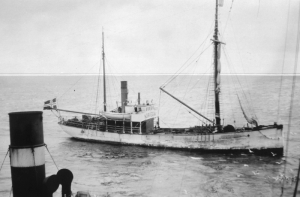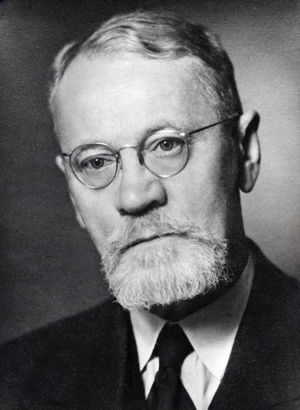Did you know that Norway snatched Dronning Maud Land from right under the nose of Adolf Hitler?Lars Christensen’s nine expeditions with the vessels Odd, Norvegia, and Torshavn made important discoveries in the Southern Ocean.

In addition to charting the oceanographic conditions around the continent, Christensen’s expeditions used modern aerial photography to survey and map the vast land areas of Antarctica. The seas were important for Norwegian whaling, and Norway risked economic difficulties if other nations claimed land in Antarctica. The whaling followed the ice edge and in some months of the year the ice edge lay within the 30-km zone. Making certain that Norway could protect its whaling rights in the area was Lars Christensen’s main motivation when he initiated the mapping, but the shift towards pelagic whaling made land-based whaling stations superfluous. The Norwegian government was somewhat diffident about the possibility of Norwegian occupation in Antarctica. The Svalbard treaty was a success in 1920, but the occupation of East Greenland was rejected by the International Court of Justice in The Hague 5 April 1933. The government under Johan Nygaardsvold was also more lukewarm towards new land transfers than the Farmer’s Party government that had been in power when Greenland was occupied. Great Britain expanded its territory in 1933 by claiming the Australian sector – which to this day is the largest claim in Antarctica. This could potentially influence Norwegian whaling, and voices were heard expressing the desirability of a Norwegian occupation. But Norway’s relations with Great Britain weighed heavily. The superpower did not recognise the Norwegian fishing zone in northern Norway, and the Norwegian government was reluctant to exacerbate this conflict by also occupying land in Antarctica. The issue was therefore set aside in 1934. 
The thing that got the Norwegian authorities moving again was a rumour they heard from Adolf Hoel, leader of NSIU, Norges Svalbard- og Ishavsundersøkelser (Norwegian Svalbard and Polar Sea Research), the forerunner of the Norwegian Polar Institute). In December 1938, Hoel had been in Berlin to give a lecture about Norwegian polar research. He recalled that the Germans had contacted NSIU with enquiries about literature concerning occupation of Arctic and Antarctic regions, and purely by coincidence, he heard about a secret German expedition to Antarctica. The objective was to occupy areas that many considered Norwegian. On his way home, Hoel communicated his concerns to Jens Bull, chief of staff at the Ministry of Foreign Affairs. The government reacted with indignation and immediately arranged for a secret meeting on 5 January 1939. During the meeting, Hoel expressed his opinion, which was that if Germany annexed this territory it would create a political scandal. The meeting at the Department of Foreign Affairs led to a unanimous recommendation to annex Dronning Maud Land; the territory was annexed by royal decree, approved by the Cabinet 14 January 1939. It turned out later that the economic consequences of a German occupation would have been minor, and that other motivations weighed heavily at the historic meeting. The issue was presented to the Foreign Affairs and Constitution Committee of Stortinget, the Norwegian Parliament, which also gave its unanimous approval. When the topic was discussed in Stortinget 3 March, the committee’s recommendation was passed unanimously. The President of Stortinget commended the foundation laid by Lars Christensen’s expeditions. Germany annexed the territory after the Schwabenland expedition returned home in August 1939. The Nazi government published a decree establishing a German Antarctic sector under the name Neu-Schwabenland, and refused to ratify the Norwegian annexation. In a note from Foreign Minister von Ribbentrop dated 23 January 1939 the German government disputed the Norwegian claim. After the war, however, the German claim was given up. The Antarctic Treaty, which was signed in December 1961, confirms that there are no changes in the territorial claims of any of the member states. |
South Pole 1911–2011 is an informational outreach project run by the Norwegian Polar Institute
Contact person:


